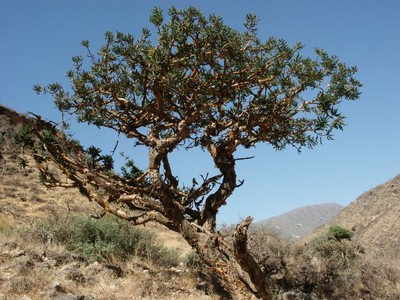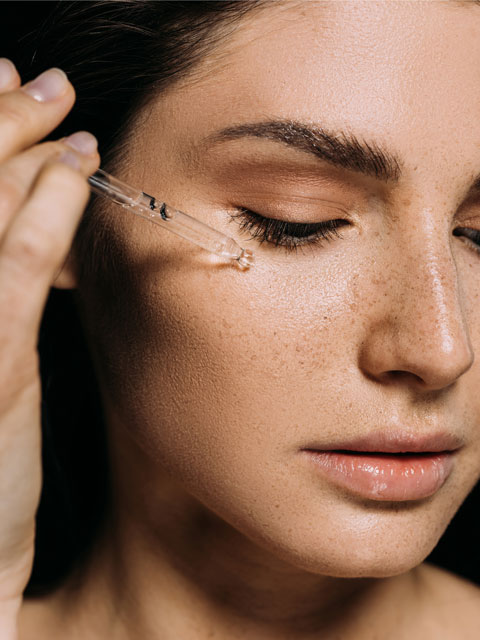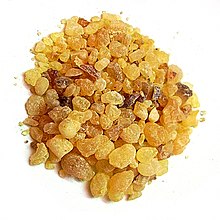Last week, I talked about Myrrh – this week, I’ll talk about the other half of the pair “frankincense and myrrh.”
Similar to myrrh, frankincense is a tree resin, coming from the trees in the Boswellia family (there are several). It typically grows in the dry, mountainous regions of India, Africa and the Middle East.

Boswellia trees are considered unusual for their ability to grow in environments so unforgiving that they sometimes grow out of solid rock. Think about what that tells us about this plant – and how it might help us. According to traditional understandings, how a plant grows, what type of environment, how it looks and feels, and more – this would give an indication about what the plant can do for US.
Frankincense has been used in traditional medicines, including Ayurvedic, for centuries. It has been used for many conditions, and is believed to strengthen and protect cells.

Personally, I use it in my skin care regimen, along with other essential oils, for its protective and strengthening properties.
Research indicates that Frankincense has the ability to stop the production of leukotrienes, which are compounds that can cause inflammation and asthma, but with fewer side effects than conventional medications.
These anti-inflammatory properties have been demonstrated to improve pain and stiffness associated with conditions such as arthritis, improve gut function, improve lung function, help maintain oral health, and protect tissues on a cellular level.

Frankincense is often used together with other herbs, such as myrrh, so as to provide strength and resilience, and to protect the body from being over stimulated.
Side effects and overdose is very uncommon, but frankincense should be used with caution in pregnancy and those on strong medications such as blood thinners.
So Frankincense and Myrrh – worth their weight in gold!

